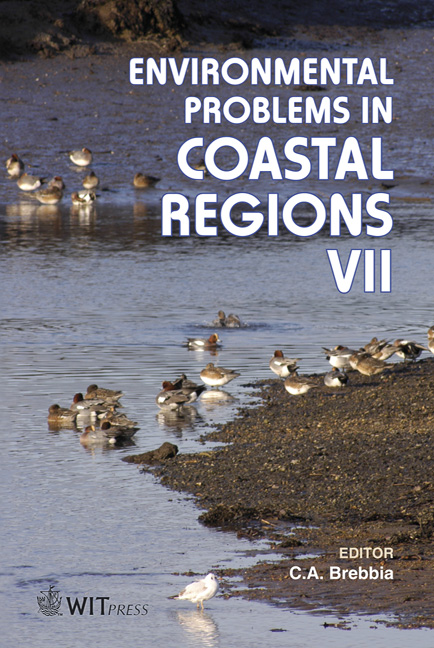Place Of Refuge Selection For Ships Aiming At Reduction Of Environmental Hazards
Price
Free (open access)
Transaction
Volume
99
Pages
9
Page Range
127 - 135
Published
2008
Size
2,603 kb
Paper DOI
10.2495/CENV080121
Copyright
WIT Press
Author(s)
Z. Bradaric, M. Srdelic, N. Mladineo & S. Pavasovic
Abstract
As a future member of the European Union (EU), Croatia has decided to implement Directive 2002/59/EC of the European Parliament and of the Council binding all of the EU member states to define places of refuge for ships in need of assistance off their coasts, or to develop techniques for providing assistance to such ships. Consequently, the Ministry of the Sea, Tourism, Transport and Development of the Republic of Croatia has initiated a project for developing an effective \“Decision Support System (DSS) for defining the places of refuge for ships in distress at sea”. Such a system would include a model support based upon the GIS and several operational research models, which would eventually result in establishing a single DSS. All levels of the DSS are based on a basic GIS-module that comprises information sub-systems with spatial and other data and provides the other modules with the data and information. The GIS module contains various thematic layers with the data on locations of refuges, climatological, maritime, hydrographic, ecological and biological characteristics, existing navigable waterways, maritime limits, administrative boundaries, limits of territorial sea, continental shelf, military zones, topographic data, location of the emergency services, etc. The analysis starts from the existing shipping corridors and 380 potential locations for places of refuge designated in the official navigational pilot book. Multicriteria analysis, with the GIS-generated input data, is used to establish \“worthiness” of a place of refuge for each ship category, taking into account the nature of the accident. Tables of \“available intervention resources” are produced, as well as the analysis of the resources’ availability in respect of the response time as well as the quantitative and qualitative sufficiency. Keywords: environmental hazard, emergency management, GIS, multicriterional analysis, DSS.
Keywords
environmental hazard, emergency management, GIS, multicriterional analysis, DSS.





